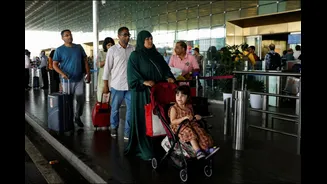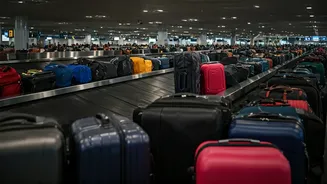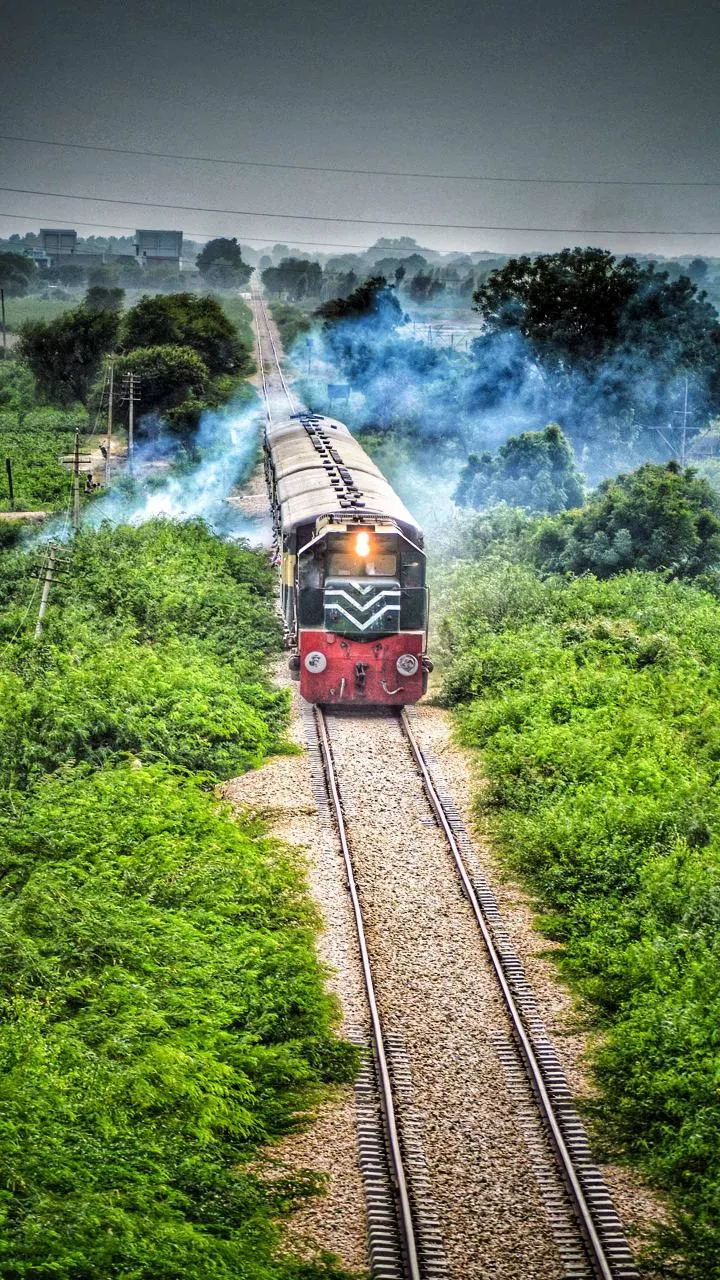Initial Impact and Response
The incident unfolded in the Anantnag district of Jammu and Kashmir when an eagle crashed into the windscreen of a train. The collision caused minor injuries
to the locomotive pilot, who was quickly attended to. Reports indicated that the incident occurred between Bijbehara and Anantnag railway stations on the Baramulla-Banihal route. Following the collision, the train was brought to a halt to assess the damage and ensure the safety of all passengers. Officials confirmed that every passenger aboard the train was safe, highlighting the effectiveness of the safety protocols in place. The response involved providing immediate first aid to the injured pilot and assessing the damage to the train before resuming its journey. The event was recorded and shared widely on social media, showcasing the pilot's composure and handling of the situation.
Safety and Passenger Wellbeing
The primary focus after the eagle struck the train was the safety and wellbeing of the passengers. Authorities swiftly confirmed that all passengers were unharmed during the collision. This was a critical aspect, and it demonstrated the efficacy of the safety measures implemented in trains. The train was immediately stopped, allowing for a comprehensive assessment of the situation. This pause facilitated the provision of necessary first aid to the pilot and a thorough inspection of the train. The rapid response of the railway personnel and the safety protocols were key in mitigating potential risks. Passengers were kept informed, and their safety was prioritized until the train was deemed safe to resume its journey. This incident served as a reminder of the vigilance required in maintaining passenger safety.
Similar Aviation Incidents
This incident is not unique, as similar instances have occurred in aviation. Just a few days prior, on September 2, an IndiGo flight from Nagpur to Kolkata was cancelled due to a bird strike after takeoff. The plane, carrying 160 to 165 passengers, was forced to return to the Nagpur airport as a precautionary measure. In another incident, a Bengaluru-bound Air India Express flight had to be canceled because an eagle struck the nose of the aircraft while it was taxiing on the runway. The airline had to make alternative travel arrangements for the affected passengers. These examples highlight the potential hazards caused by bird strikes across various modes of transport, necessitating constant vigilance and robust safety measures to address such occurrences and minimize disruption.
Social Media Reaction
The event was captured and circulated on social media, garnering significant attention. The video displayed the pilot's calmness, his radio communication skills, and his adept management of the post-collision situation. This visual record provided a direct look at the events as they transpired, giving the public an immediate insight. The pilot's professionalism during the incident was widely praised, underscoring the critical role of the crew in such situations. The video also served to highlight the importance of effective crisis management and passenger care, as railway authorities and staff were seen attending to the aftermath. Social media platforms played a crucial role in spreading awareness about the incident, initiating discussions and drawing attention to the unexpected challenges faced in daily operations.
















